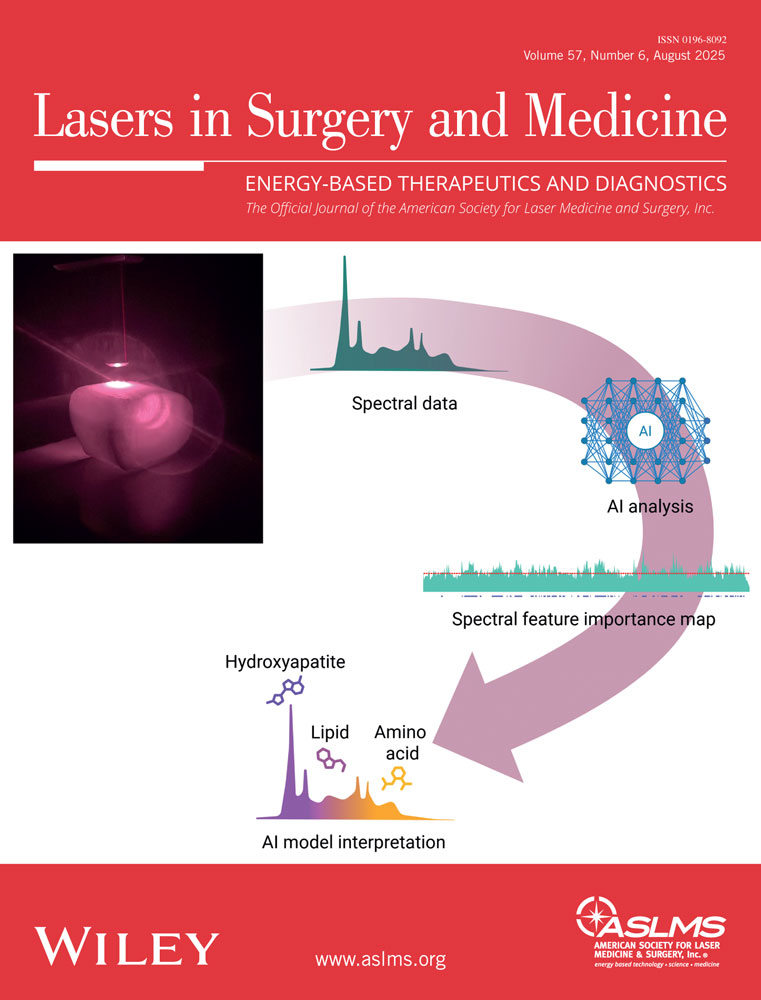Abstract
Background and Objectives
The theoretical model of CO2 laser tissue interaction appeared to be too simplistic. To explain the reactions seen in skin, a more complex model was needed. We hoped to correlate the clinical-histologic patterns of CO2 laser tissue interactions.
Study Design/Materials and Methods
The Ultrapulse CO2 laser was used on normal and pathologic skin conditions. Clinical observations were correlated with histologic examinations of biopsies.
Results
It was possible to demonstrate cavitation at the dermal-epidermal junction 2–3 diameters beyond the actual spot of CO2 laser contact with the skin. Dermal heat damage was seen as homogenization of collagen 1–2 diameters beyond the spot of laser contact. This flow of energy laterally at the dermal-epidermal junction and vertically down the skin follicles was both clinically beneficial and detrimental. Beneficially, superficial skin lesions separated at this junction and were easily removed. The heat coagulation of the dermis facilitated lesion removal without bleeding. The clinician had a better view of the pathology and could find focal zones of deeper pathology that could be easily re-treated. Detrimentally, this extended damage delayed wound healing and led to persistent erythema.
Conclusion
These clinical-histologic correlations have provided a better understanding of CO2 laser tissue interactions in skin. It has been possible to take advantage of these findings to remove pathologic skin conditions more efficiently. Lasers Surg. Med. 24:113–121, 1999. © 1999 Wiley-Liss, Inc.




